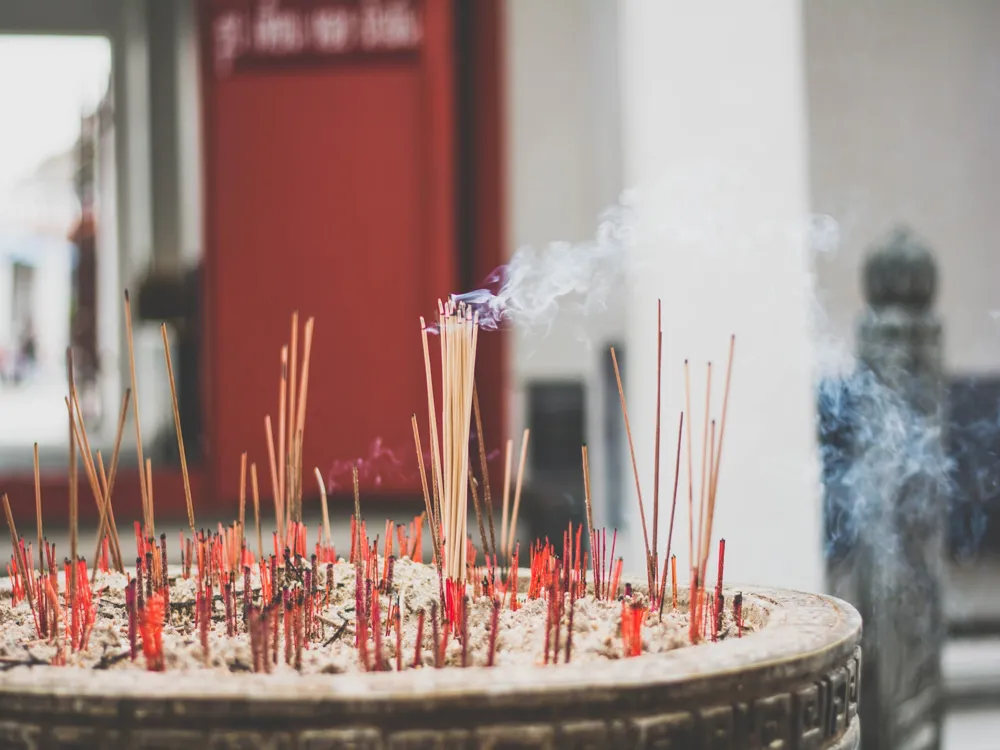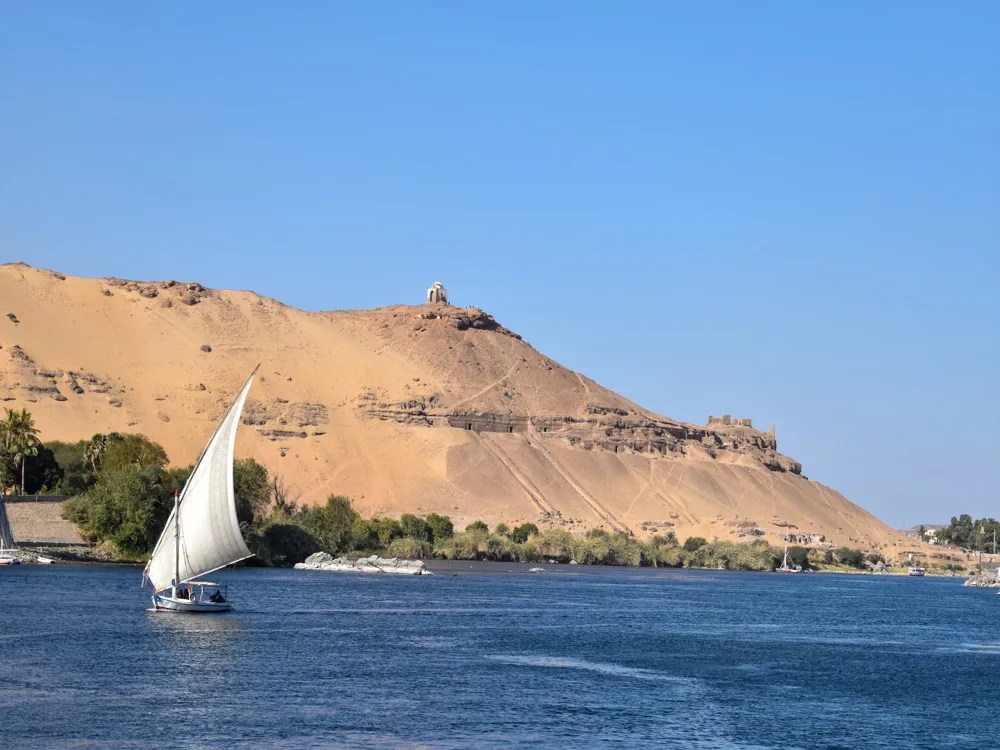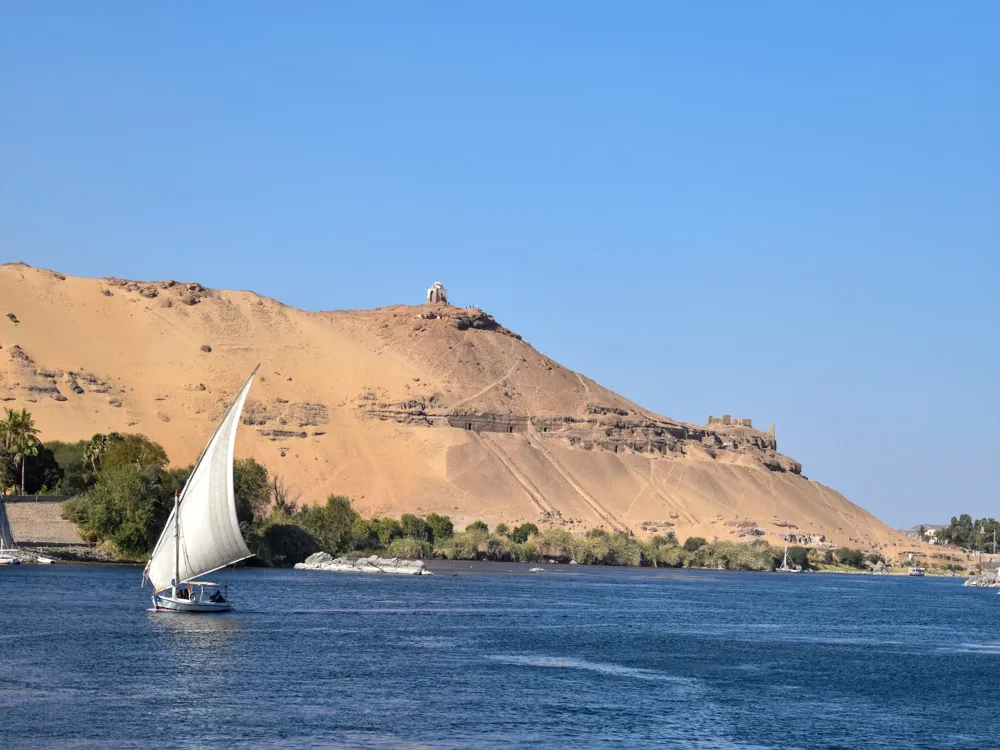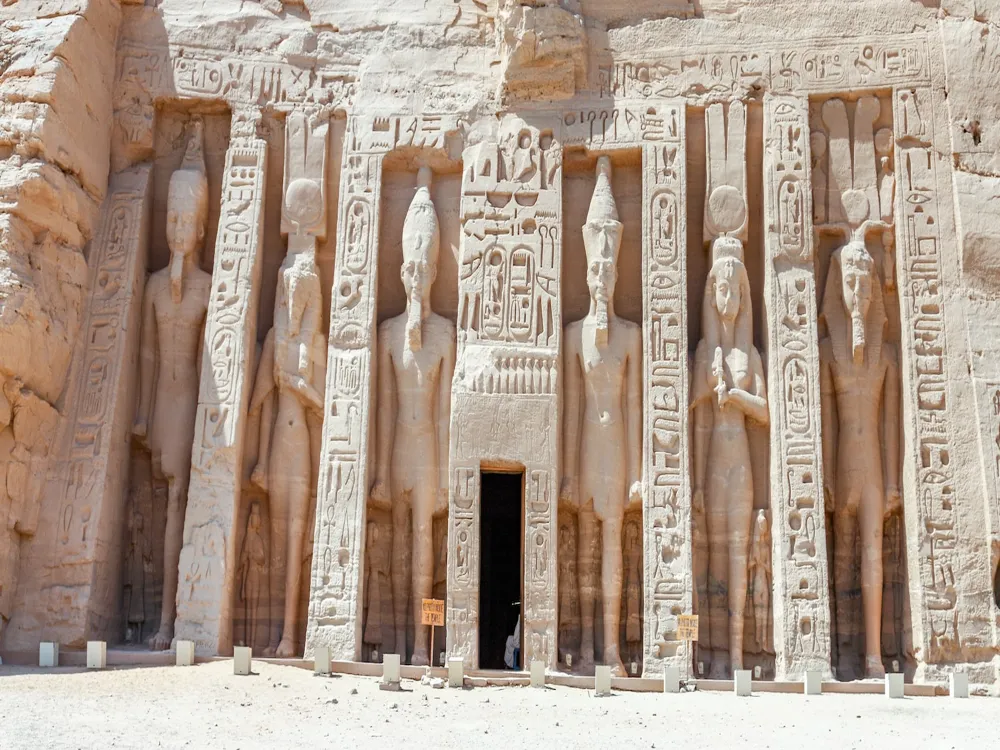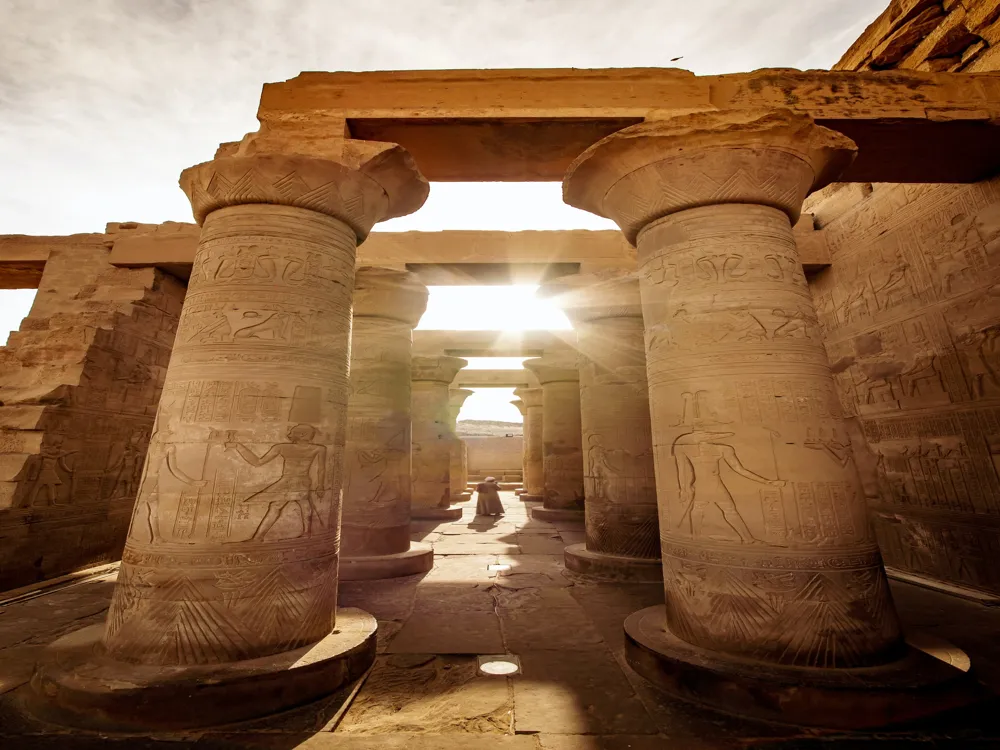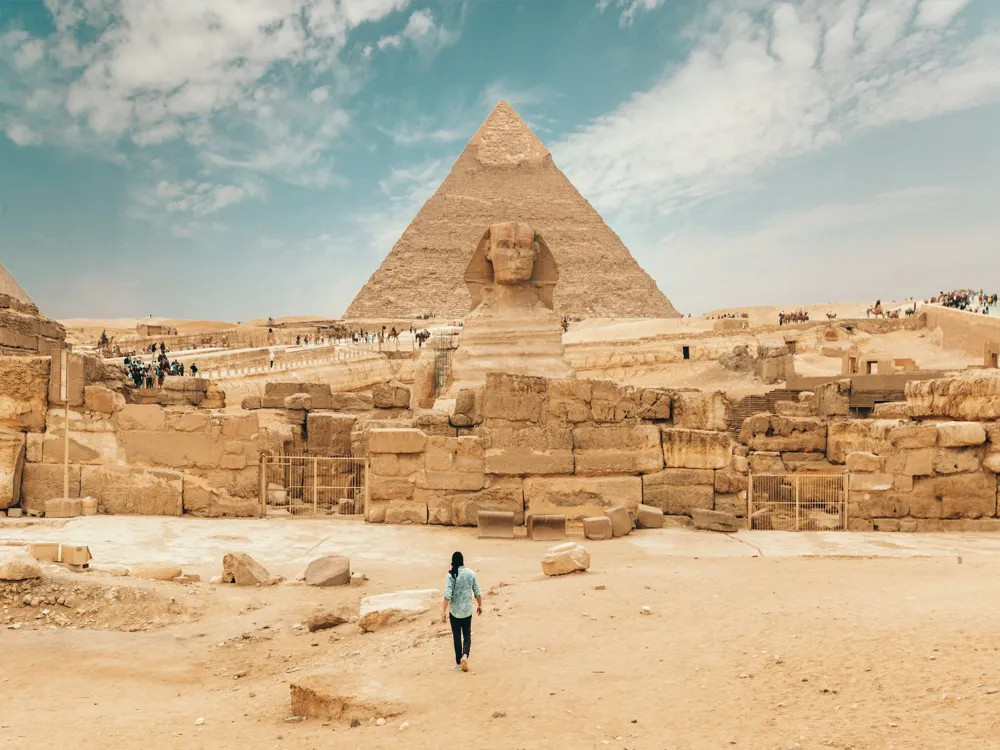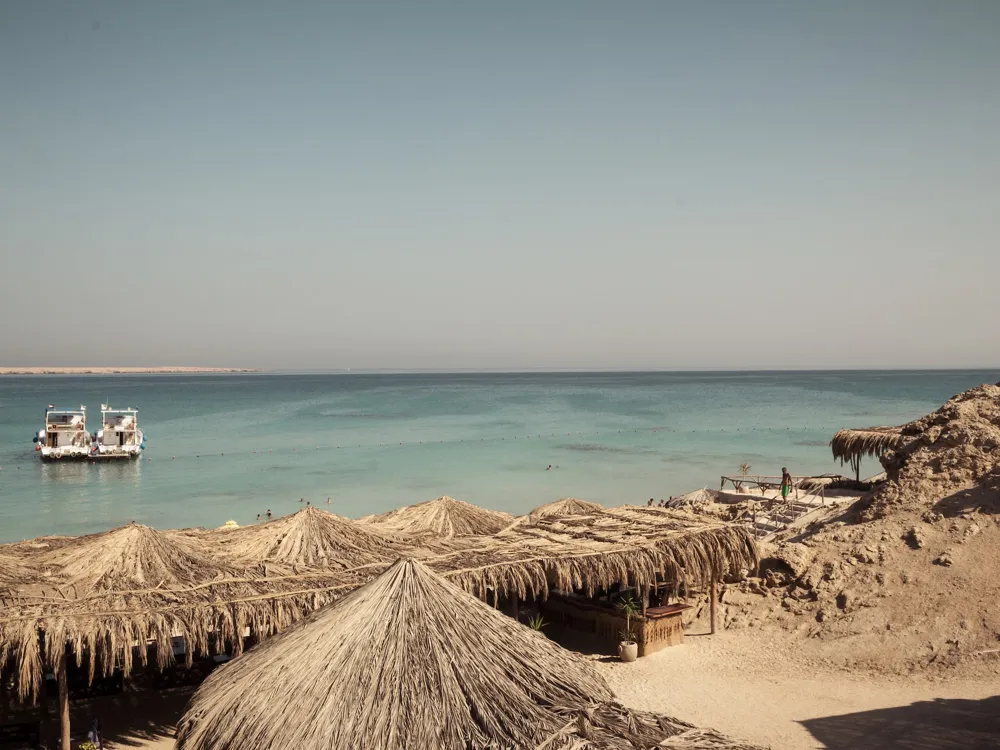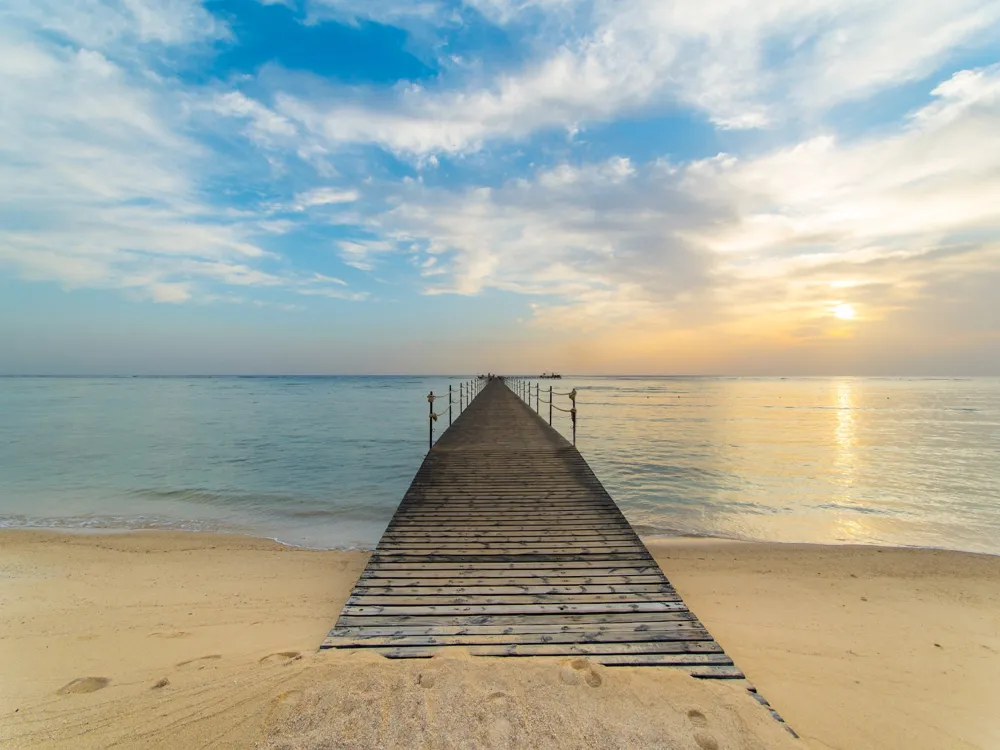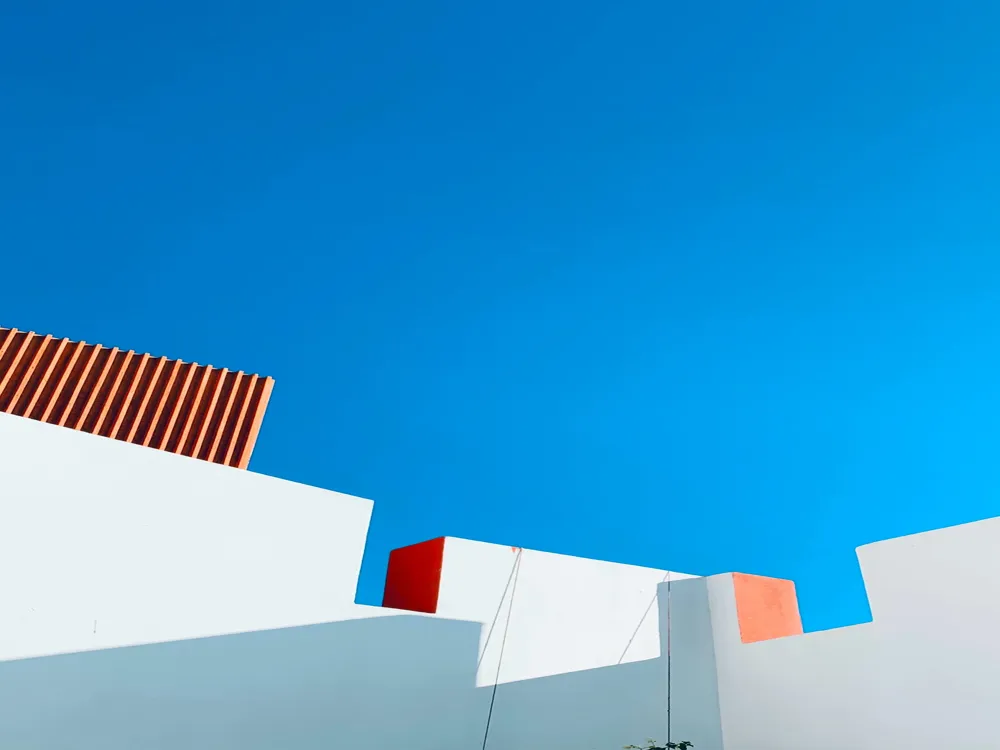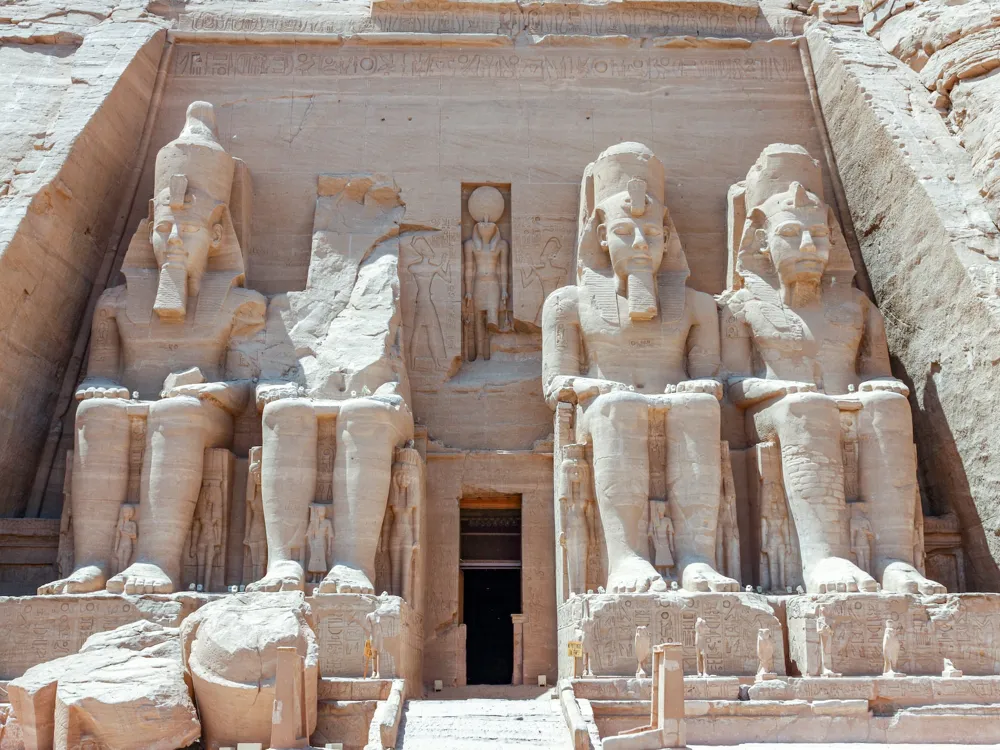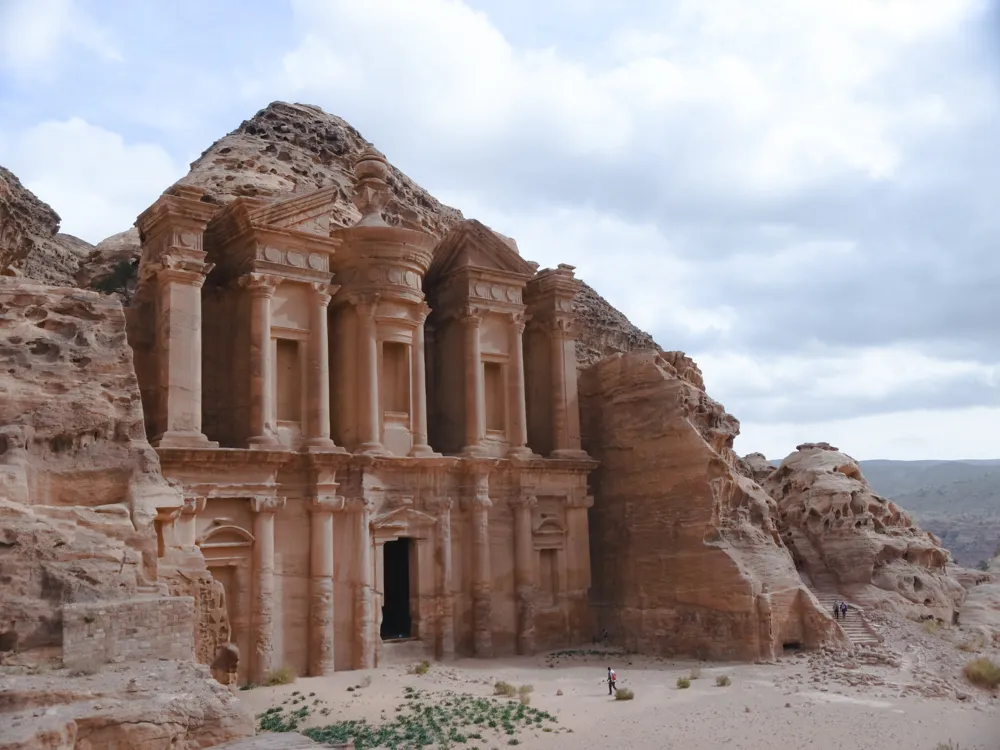Wadi al-Sebua, meaning 'Valley of the Lions,' is an ancient Egyptian temple complex located in Aswan. It was originally built by the Pharaoh Amenhotep III and later added to by Ramses II. The site is famous for its avenue of sphinxes and the two temples dedicated to the worship of the sun god Ra. The complex is a significant reflection of the religious and architectural innovations of its time and stands as a testament to Egypt's ancient civilization. The architectural design of Wadi al-Sebua is notable for its grand entrance lined with sphinxes, leading to the main temple dedicated to Ra. The temple's structure showcases classical Egyptian temple architecture, including massive pylons, a hypostyle hall, sanctuaries, and a series of intricate reliefs depicting religious ceremonies. The use of sandstone and careful alignment with the sun emphasizes the temple's dedication to solar worship. 1. Dress appropriately for the hot and sunny climate of Aswan; lightweight, breathable clothing is recommended. 2. Bring a hat, sunscreen, and plenty of water to stay hydrated during your visit. 3. Respect the historical site by not touching the reliefs or climbing on the structures. 4. Consider hiring a local guide to gain deeper insights into the history and significance of the temple complex. 5. Check the opening times and entry fees beforehand as they can vary throughout the year. Wadi al-Sebua is accessible by road from Aswan. The most convenient way to visit is by car or by joining a guided tour, which often includes transportation. The journey takes approximately 3 to 4 hours, traversing through the desert landscape and offering a glimpse into the remote areas of Egypt. Alternatively, visitors can also take a boat trip on Lake Nasser to reach the temple complex, providing a unique perspective and the opportunity to see other monuments along the lake. Read More:Overview of Wadi al-Sebua
Architecture of Wadi al-Sebua
Tips When Visiting Wadi al-Sebua
Click to expand
How To Reach Wadi al-Sebua
Wadi al-Sebua
Aswan
₹ 68,661 onwards
View aswan Packages
Weather :
Tags : Historical Site
Time required : 1-2 hours
Planning a Trip? Ask Your Question
Aswan Travel Packages
View All Packages For Aswan
Top Hotel Collections for Aswan

Private Pool

Luxury Hotels

5-Star Hotels

Pet Friendly
Top Hotels Near Aswan
Other Top Ranking Places In Aswan
View All Places To Visit In aswan
View aswan Packages
Weather :
Tags : Historical Site
Time required : 1-2 hours
Planning a Trip? Ask Your Question
Aswan Travel Packages
View All Packages For Aswan
Top Hotel Collections for Aswan

Private Pool

Luxury Hotels

5-Star Hotels

Pet Friendly







